7 A Place that Swallows Up Boundaries
Matthew Vivirito
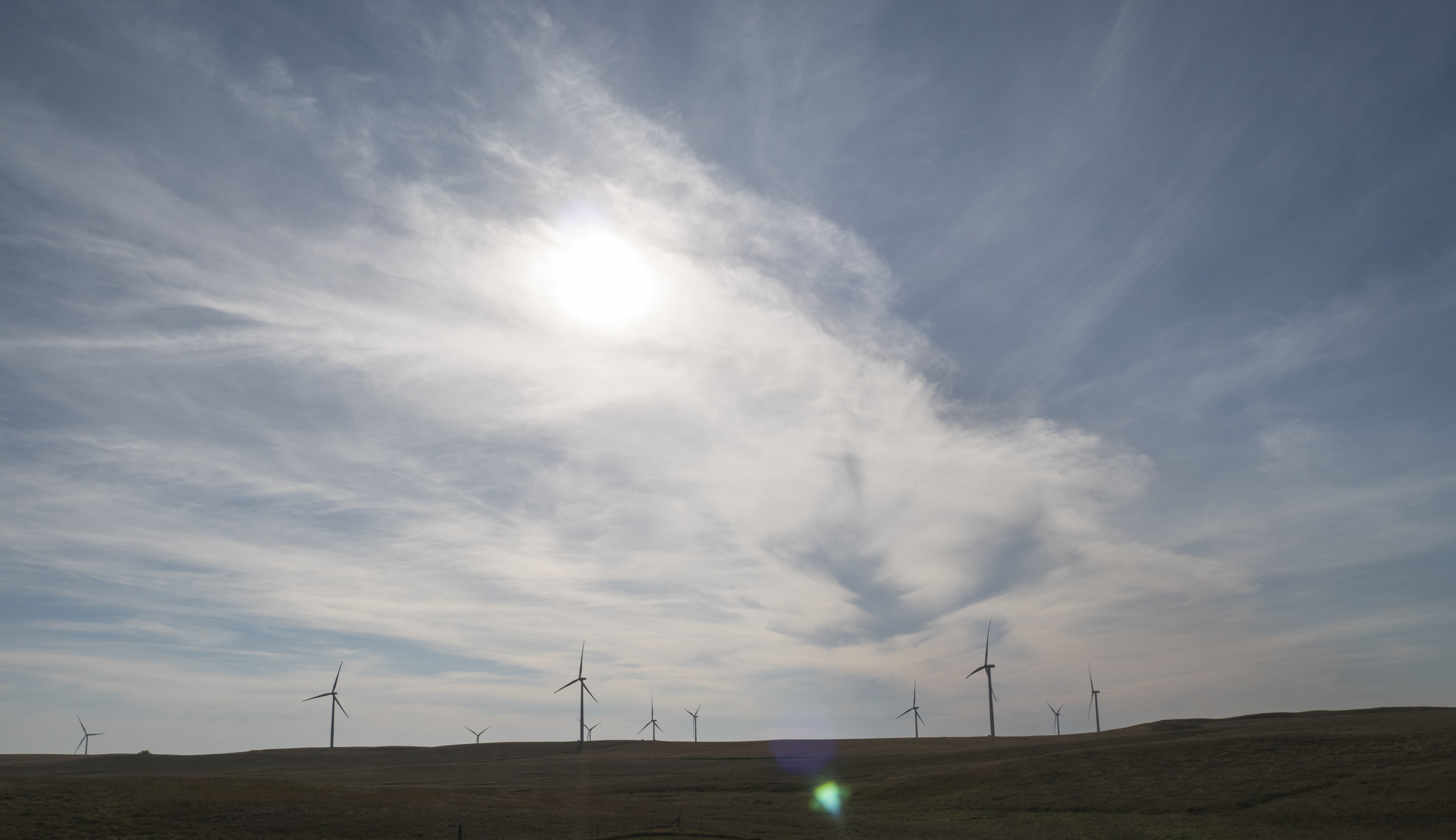
What does it mean to enter into a landscape of infinite horizons and incomprehensible scale? In the act of entering this place, we must forget what we know, what has been learned and the resulting presumptions. These mental fences form a border between ourselves as outsiders and the residents of the past and present. The poetics of this environment demonstrate such peripheral markers to be ephemeral and even arbitrary to the geological time of the land. It is a landscape of ceaseless views, oceans of sky and grass flowing together in the wind, rolling on from one horizon to the next. Such an expansive place takes no heed to markers of ownership, of presumptive positions. Yet it does foster resilient growth, a culture of fortitude and strength, one not merely worthy of study but even of a slow and contemplative respect not easily found within urban environments.
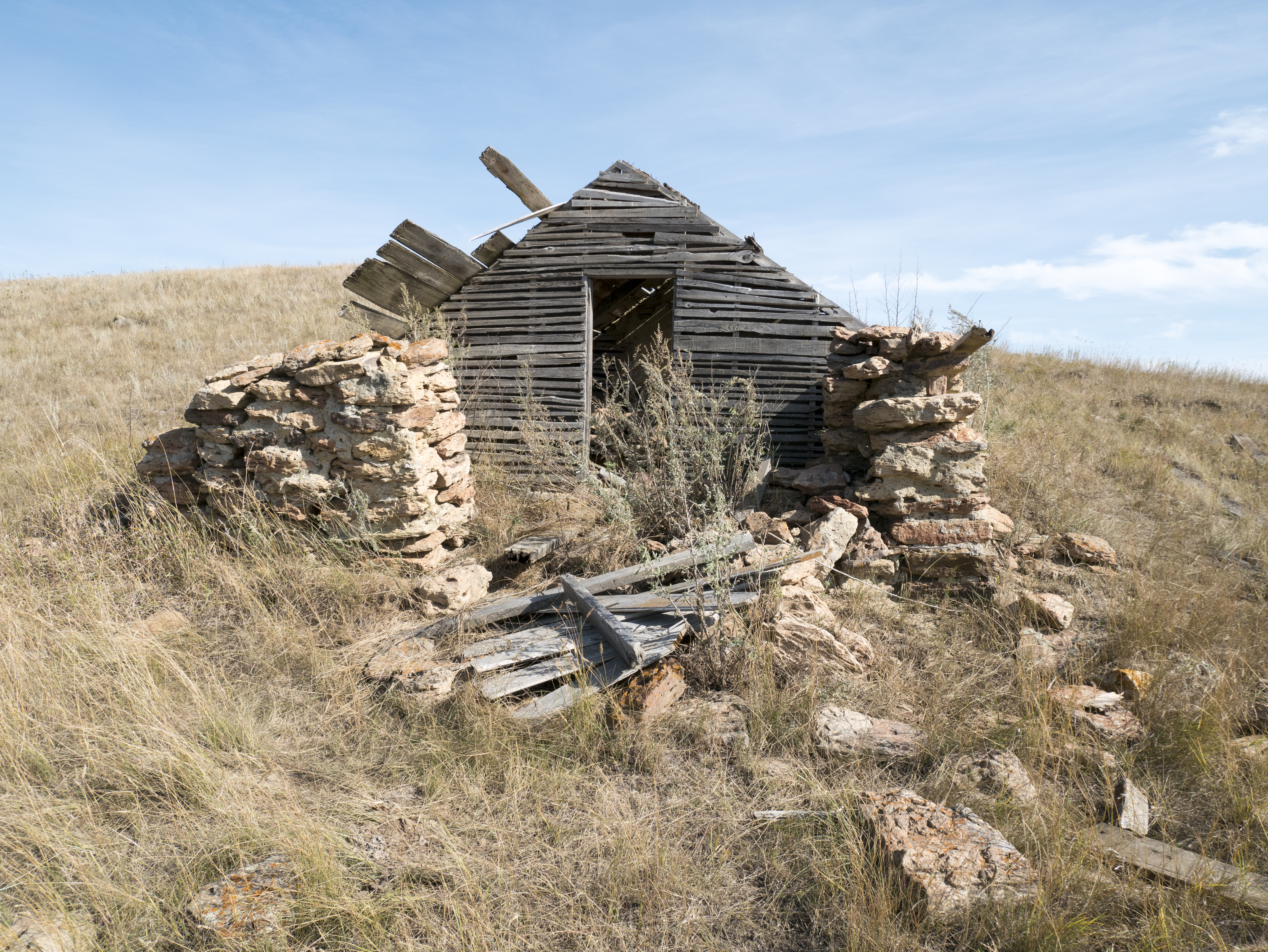
We came to measure, to record information. Our objective was to contextualize a history of people coming from and going to search for placement and belonging. It is in one effort to preserve, but also another to awaken a sensibility towards the past in the residents of the present. This past is a complicated history, a cyclically ephemeral replacement of value motivated by resource and a sense of hope while at the cost of displacement, loss, and the extraction of the land itself.
Our methods focused on research, analysis, and drawn conclusions. This offers a tangibility to the present and future as a document and reconstruction of what once stood, and how it now stands. Yet we found ourselves standing in awe of this place, unable to answer the simplest question of why? The clarity of initial motive was under scrutiny by both ourselves and the local people facilitating our research. We answered this boldly by articulating the value of documenting and preserving the remnants of the architecture specific to this cultural and physical landscape. Our response is not without concern.
“What does it mean to serve a community which very clearly has different viewpoints of life? In the process we all had to relinquish our perceptions of each other’s ways of living and learn to combine different identities in a concept.”[1] This is not merely an issue as we are outsiders but we also must ask, what service are we intending to provide this community? We are offering a service they did not ask for, or understand the purpose of. We are a group of outside academics entering a community and imbuing value upon the preservation of objects constructed within it by their ancestors.
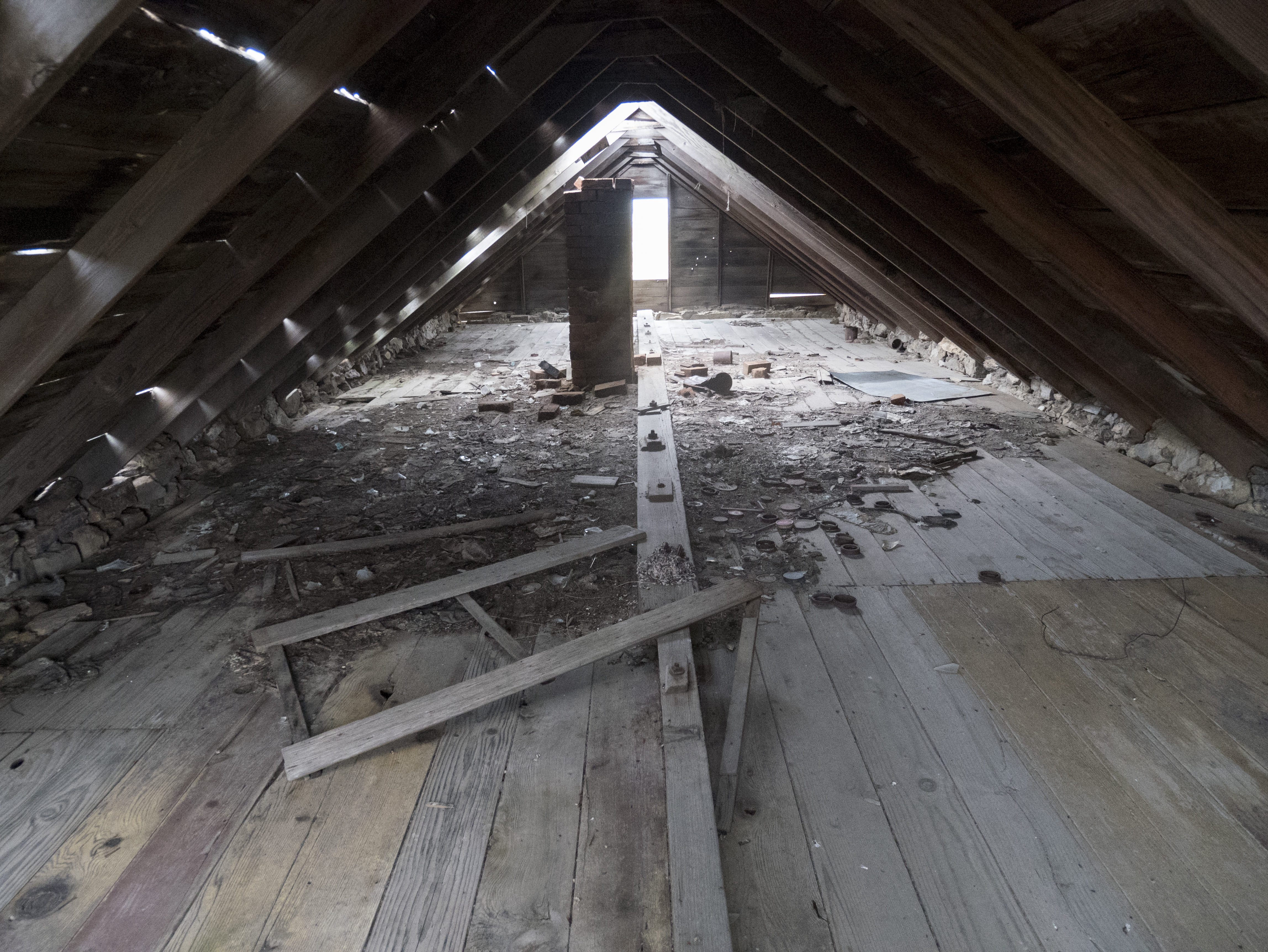
It is in one sense appropriation to state the material culture of a people is valued in the eyes of academic outsiders and thus worthy of remembrance to the future. Particularly when the descendants have mixed perceptions of value in the objects of study. Yet we were still allowed to enter their homes, their barns, and roam the land while freely conducting our work. Hindsight would show the answer to both the ethical questions of ourselves as outsiders and the internal question of why anyone would want to study these ruins to come intuitively. The answer was hidden in conversation.
It is fitting it came only after we had to entered into this landscape, conversed with the locals and dug a little deeper into the materials and history to uncover something altogether beautiful. Just as their ancestors had dug up the rocks patched together with earth and straw from the soil to construct shelter from the harsh elements and laboriously toiled in the fields for plants to grow, we too had to put in our effort. As we began to uncover details in the architecture, listen to narratives, and inquire regarding the behavior and culture of their forebears the value came intrinsically to both sides.
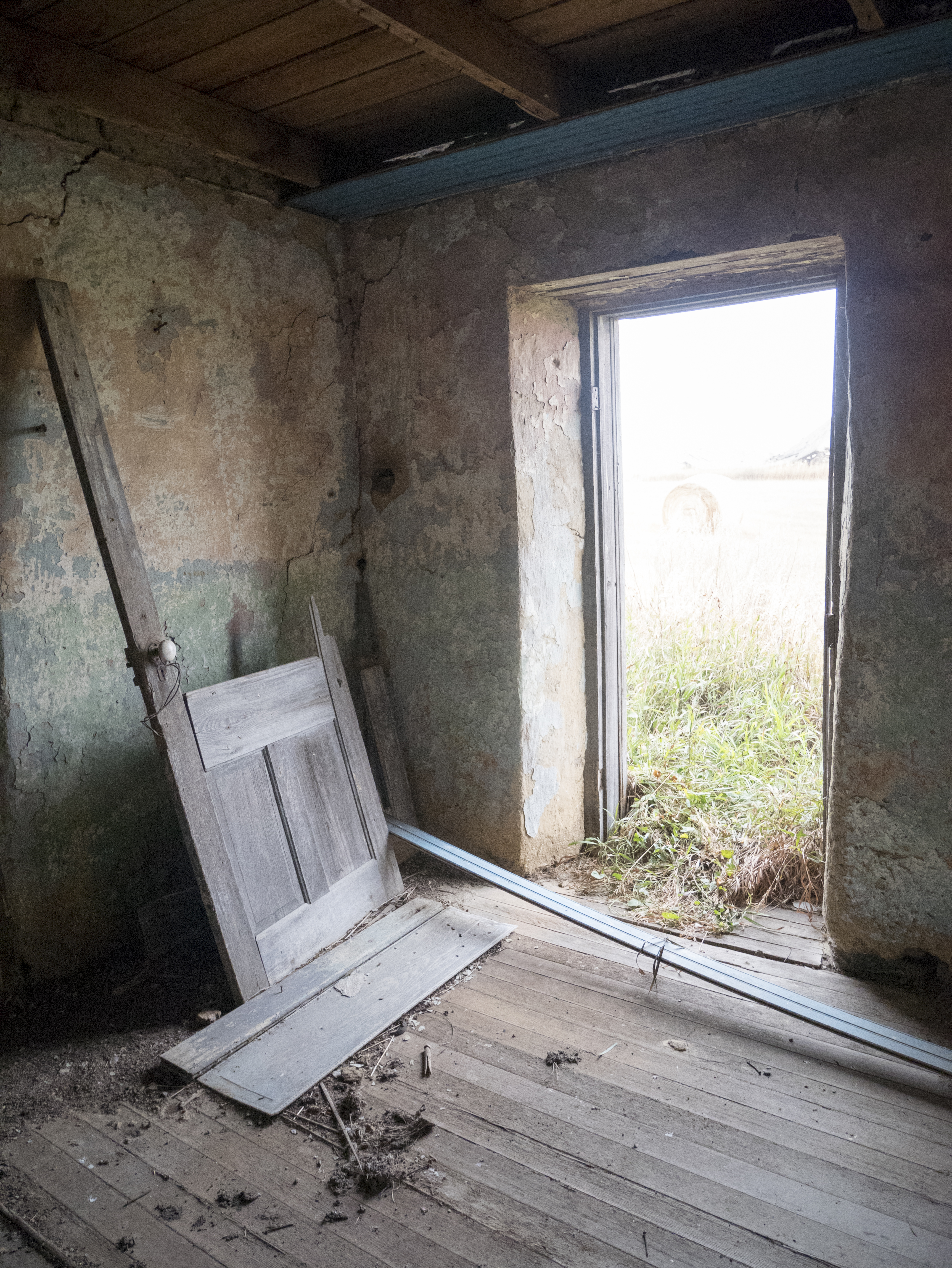
In a way we needed one another to slow down. Our perspective and interest shed light on the value of their own history, while their recollection demonstrated an enriching narrative of pride and strength. Then we could mutually appreciate he act of finding unique details in order to absorb the qualities of culture, landscape, history, and place. It was in each of these instances that the borders between us and them began to wane and a truly appreciative conversation ensued.
“Everyone is in possession of something valuable, and it is critical to respect their knowledge, as we gain from it in order to ensure that it will not be exploited, co-opted, or devalued, once offered”.[2] We found an appreciation in the qualities inherent in every vista witnessed, every wall measured, and every conversation partaken. The result is an ongoing conversation between ourselves, the residents of this place, and the land itself. One that is comprised of words, drawings, measurements, maps, maquettes, timelines, research, and data. Still, all of these forgo an offering to the very place that constituted every topic of this conversation.
A Prospective Revival
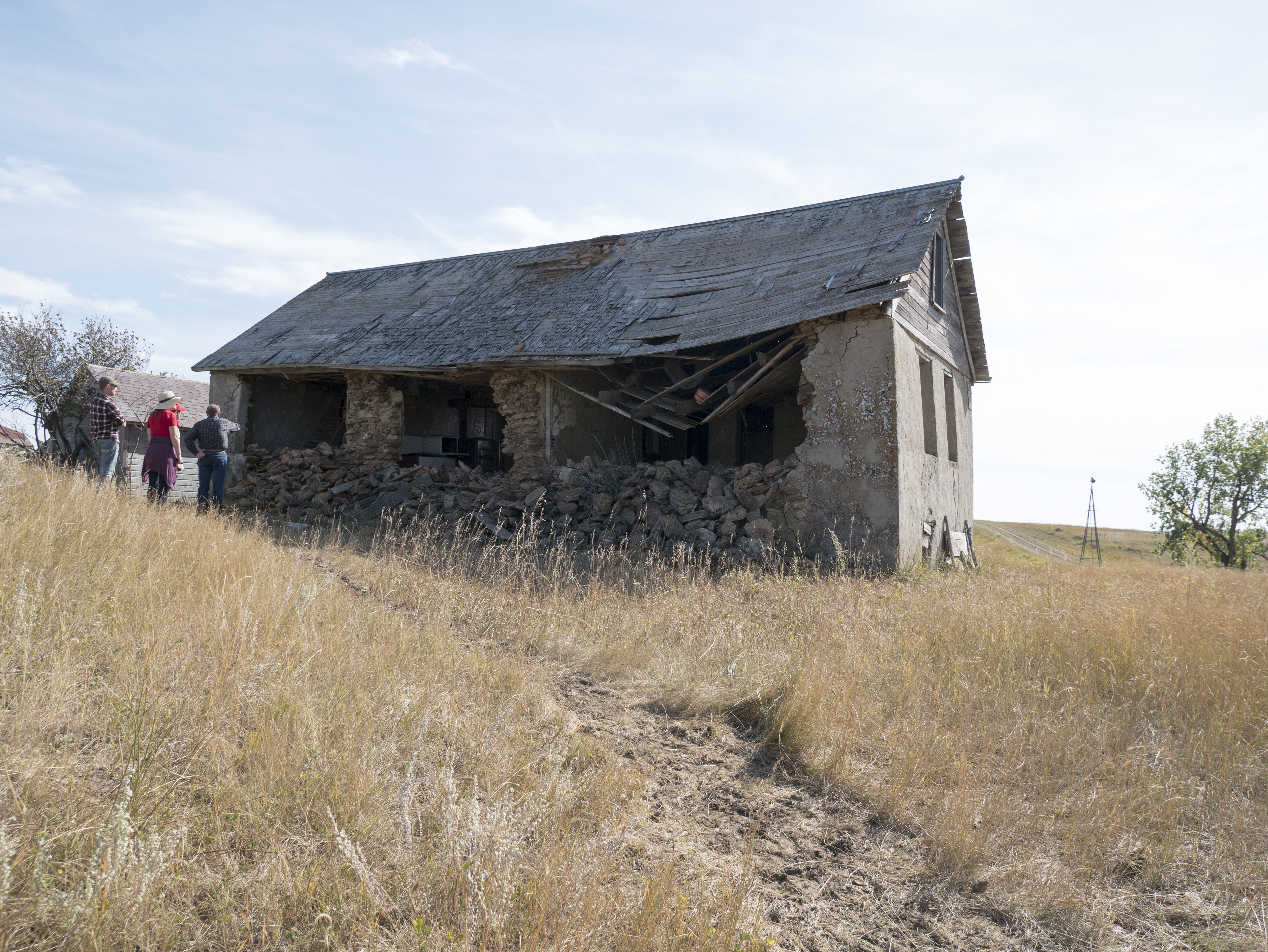
In order to contribute to the value of these methodologies in a way that is respective of the history and landscape we must first consider where we are. “This requires the process to begin with an initiate, hands-on reading of the site. This means sitting, watching, and walking through the site, the surrounding areas (where you will enter from and exit to), the city at large or the countryside. Here there are numerous things to consider; what is the site’s relation to the applied and implied schemes of organization and systems of order, relation, architecture, uses, distances, sense of scale?…What kinds of natural events affect the site- snow, wind, sun angels, sunrise, water etc.? What is the physical and people density? The sound and visual density?…What are the qualities of detail, levels of finish, craft? What are the histories of prior and current uses, present desires, etc.? A quiet distillation of all of this – while directly experiencing the site determines all the feats of the “sculptural response”: Aesthetic sensibility, levels and kinds of physicality, gesture, dimensions, materials, kind and level of finish, details, etc.; whether the response should be monumental or ephemeral, aggressive or gentle, useful of useless, sculptural, architectural, or simply the planting of a tree… [3]
With the specifics of this landscape and culture in mind, how could we work with its inhabitants to give meaning to destruction, without appropriating their culture? How could we re-purpose the labor of those who came before us in order to contemplate its rich history of pride and shame? How can we approach the juxtaposition of stone ruins overshadowed by whirling ivory towers and commemorate ephemerality in a beautiful and unforgiving landscape? I propose to make ruin out of ruin, to elevate the landscape itself.

“Public Monuments embody shared values… Public monuments can be monuments of observation – sites from which to best observe natural phenomena… The concept of what is public monument, then, is subject to reevaluation and redefinition in the light of our greatly expanded perception of what constitutes the community. Natural phenomena, natural events and the living creatures on the planet should be honored and celebrated along with human beings and events.”[4]
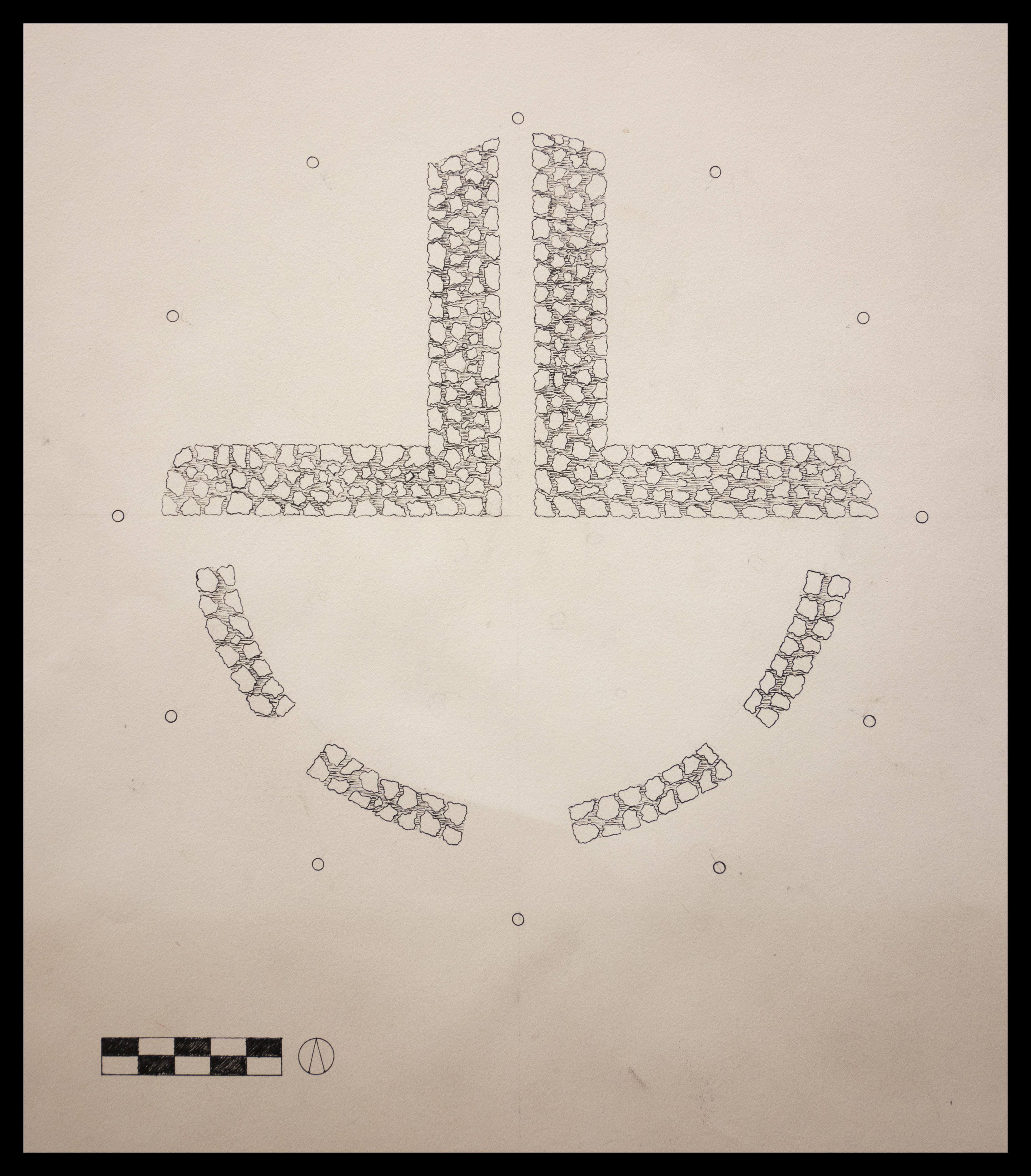
The following proposal aims to demonstrate one design which offers a place of reflection and contemplation within an ever changing present. It consists of two large L shaped stone walls running parallel to one another towards the north. Each is 2 feet thick and 10 feet at each length, with a one foot gap between their parallel sides. They are built from field stone and held together by mortar made from earth and grass. Acting as an homage to the material and specifications of the architecture we studied, these two L shaped walls act as corners of a building turned inside out. Instead of connecting their arms to form a wall, they instead open up as a gesture to the landscape. To the south is a set of four benches made of the same material to view both the celestial and earthen phenomena.

This structure is circumvented by 12 wooden posts, which represent the original and once sole form of shelter in this landscape. This homage to the tipi are the framework in which the project exists. While traditionally these structures were nomadic and mobile, here they offer a stationary perspective. They function as a lens through which all vistas are seen through. As the original inhabitants they would be the first portion constructed on the site.
Following the raising of this framework would be a collection of stone from fallen buildings in the surrounding area. In collaboration with locals this performative act opens the doors for participants to collaborate in a ritual of collecting the remnants of the past as an offering for the future. Perhaps an annual gathering of stone could inherently become a gathering of community.
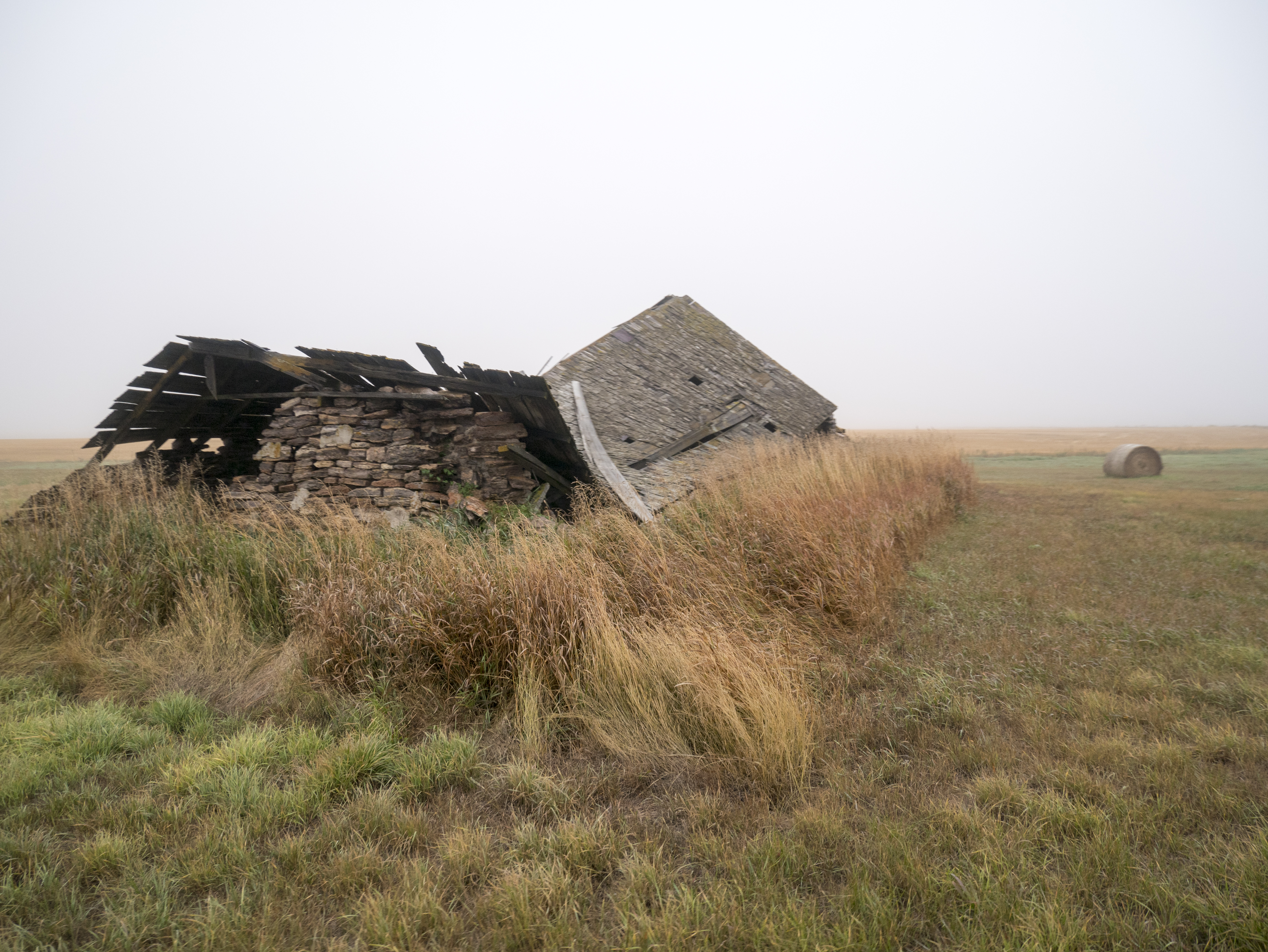
As Robert Smithson articulated of construction on the Passaic River, this project is a “ruin in reverse.”[5] It exists as a structure that does not fall into ruin after it is built but rather rises into ruin before it is constructed. The material stone used to construct the architecture studies are already embodying this entropy. “The tools of technology become a part of Earth’s geology as they sink back into their original state”.[6] Its construction acts as the extraction, decay and return of the materiality into the earth itself.
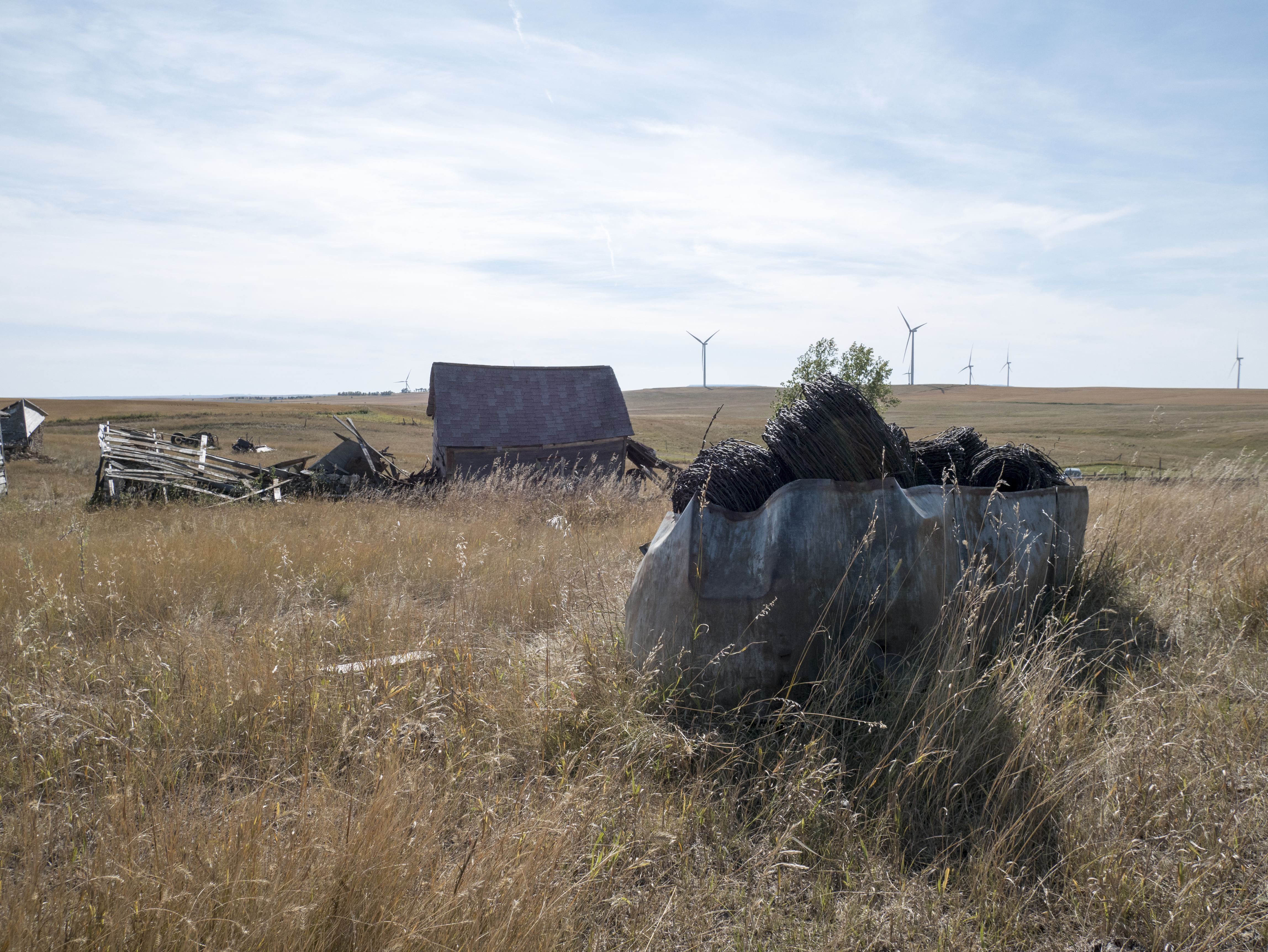
The cyclical nature of this material embody the poetry the landscape is in the process of narrating in geological time. “Embedded in the sediment is a text that contains limits and boundaries which evade the rational order, and social structures which confine art.”[7]This project exists as a burial mound, a memorial to the past and a monument complacent with its own unmonumentality in an expansive ocean of earth and sky. It celebrates openness and appreciation for the landscape, offering shelter from the north and views expansive of both land and celestial. It is an acknowledgement of a complex and often unexamined relationship with the land. Perhaps it is a farewell to the past, a welcome to the future, or a love song to the ever changing present beauty of this landscape. It is a ruin made from ruins. The laborious and ephemeral gesture evocative of the futility of permanence, a theme carried out by the landscape every moment.
This project serves the community not at a proposal for a physical construction to be built, but rather as a gesture to the people and place in which it is designed for. The ideas formulating its design and purpose are meant to demonstrate the inherent quality that is already present. This place needs no monument, no additional framework for which views can be witnessed, time considered, or place contemplated.

The art is already present, as it always has been. The history and culture arisen out of the land are brief moments in a timeless history of place. It deserves to be witnessed, it deserves commemoration and study, but perhaps the most valuable contribution one can offer is to be present within it. To take a breath, to feel the breeze and let the light reflect its epic scale onto you, “or maybe even doing nothing at all.”[8]
- Jeanne Van Heeswijk, "A Call for Sociality," in What We Want Is Free: Generosity and Exchange in Recent Art, ed. Ted Purves (Albany: State University of New York Press, 2005), 88. ↵
- Mary Jane Jacob, "Reciprocal Generosity," in What We Want Is Free: Generosity and Exchange in Recent Art, ed. Ted Purves (Albany: State University of New York Press, 2005), 3-10. ↵
- "Robert Irwin "Being and Circumstance: Notes Toward a Conditional Art," reprinted in Theories and Documents of Contemporary Art: a Sourcebook of Artists' Writings, ed. Kristine Stiles (Berkeley and London: University of California Press, 2012), 647. ↵
- Alan Sonfist, "Natural Phenomena as Public Monuments [1968]," reprinted in Theories and Documents of Contemporary Art, 624. ↵
- Robert Smithson and Jack D. Flam, Robert Smithson: the Collected Writings (Berkeley: University of California Press, 1998), 72. ↵
- Smithson and Flam, Robert Smithson, 104. ↵
- Smithson and Flam, Robert Smithson, 110. ↵
- Robert Irwin "Being and Circumstance:” Notes Toward a Conditional Art," reprinted in Theories and Documents of Contemporary Art: a Sourcebook of Artists' Writings (Berkeley and London: University of California Press, 2012), 647. ↵
